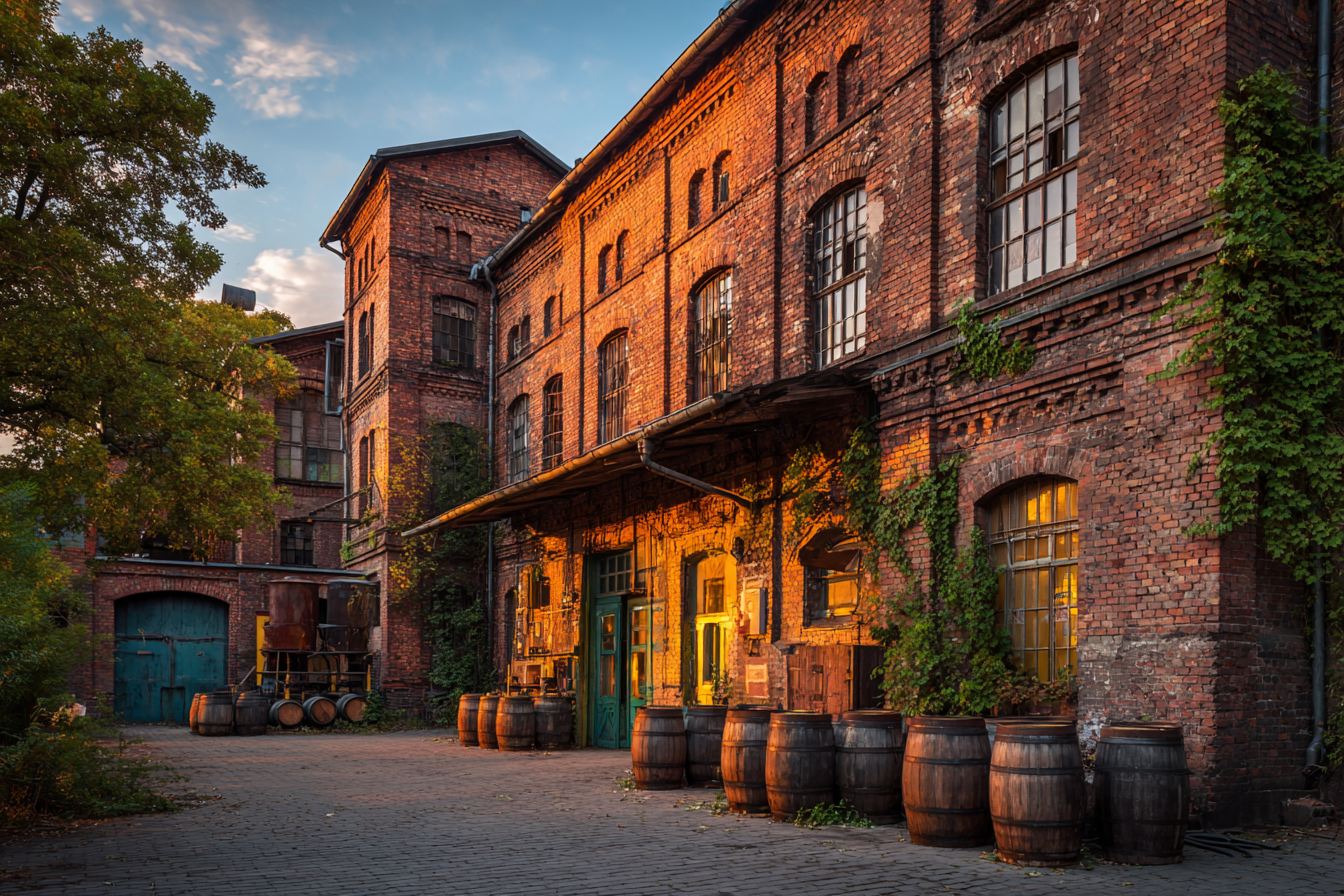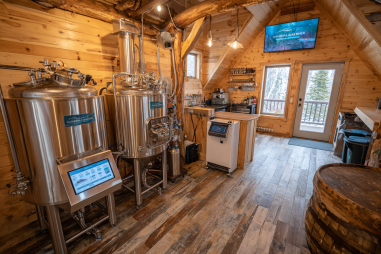When you think of beer, pale lager likely comes to mind as one of the most popular and recognizable styles worldwide. Its bright golden hue, crisp taste, and refreshing nature have made it a staple in countless cultures, from backyard barbecues to grand festivals. But have you ever wondered how pale lager became such a dominant force in the beer world? The story of pale lager is a fascinating journey through history, science, and innovation, rooted deeply in Central Europe before captivating the global market. Let’s take a closer look at the origins, technological breakthroughs, and cultural shifts that shaped this classic brew.
Early Beer Styles Before Pale Lager
Long before pale lager graced tables across the world, beer existed in many different forms, all varying significantly by region and available ingredients. Ancient civilizations such as the Sumerians and Egyptians brewed rudimentary beers, often cloudy and thick, due to the lack of advanced filtering and fermentation techniques. Medieval Europe favored darker, heavier ales and stouts brewed with top-fermenting yeast. These ales were typically robust, malty, and rich, with varying bitterness based on local hops or herbs.
Throughout the Middle Ages and into the Renaissance, beer production was largely localized and artisan in nature, with little standardization in recipes or processes. Before pale lagers, dark lagers emerged in parts of Central Europe, particularly regions like Bavaria, but these were often heavier and less translucent compared to modern pale lagers. The brewing methods were limited by technology, putting constraints on yeast control and fermentation temperature, which heavily influenced the beer’s flavor, clarity, and shelf life.
Origins of Pale Lager in Central Europe
The pale lager we know today has its roots deeply embedded in 19th century Central Europe, especially within the Bavarian region of Germany and the Czech lands. This area was ideal for lager brewing due to its cool climate and abundant underground caves, perfect for storing and fermenting beer at low temperatures. The term “lager” comes from the German word “lagern,” meaning “to store,” referencing the extended cold storage that defines the lagering process.
The breakthrough came when brewers began experimenting with pale malts, which were kilned at lower temperatures, preserving a lighter color and crisper flavor compared to darker malts. Josef Groll, a Bavarian brewer, is famously credited with brewing the first pale lager in 1842 in the town of Plzeň (Pilsen) — which gave rise to the iconic Pilsner style, the archetype of pale lager. This beer combined the pale malt with Saaz hops, resulting in a well-balanced, refreshing, and beautifully golden brew that was unlike anything previously available.
Key Technological Advances: Refrigeration and Yeast Cultivation
The rise of pale lager was inseparable from critical technological innovations of the 19th century, which revolutionized brewing globally. Two standouts were mechanical refrigeration and advances in yeast cultivation.
- Refrigeration: Prior to refrigeration, brewers relied on natural ice and underground caves to keep beers cool during fermentation and storage. However, mechanical refrigeration invented by Carl von Linde and others in the late 1800s allowed for precise temperature control independent of season or geography. This enabled year-round lager production, maintaining the consistent cool temperatures required for bottom-fermenting yeasts to work properly and store beer without spoilage.
- Yeast Cultivation: Louis Pasteur’s pioneering microbiological research in the mid-1800s led to a deeper understanding of yeast’s role in fermentation. Emil Christian Hansen at the Carlsberg Laboratory successfully isolated pure yeast strains in the 1880s, allowing brewers to reproduce consistent flavor profiles and drastically improve beer quality. By controlling the specific lager yeast (Saccharomyces pastorianus), brewers could ensure clean, crisp fermentation free from unwanted contaminants.
Spread of Pale Lager Worldwide
With industrialization and improved transportation in the late 19th and early 20th centuries, pale lager spread rapidly beyond its Central European origins. Immigrant brewers carried their recipes and techniques to the Americas, Australasia, and beyond. The clarity, mild flavor, and relatively low alcohol by volume made pale lager highly accessible to a broad range of palates and occasions.
Notably, in the United States, German immigrants helped popularize lager beer, which soon overtook ales as the preferred style by the early 20th century. Major breweries like Anheuser-Busch and Pabst adopted pale lager recipes, tailoring them to local tastes while industrializing production. Meanwhile, in Latin America and Asia, pale lager became deeply embedded in national brewing traditions thanks to colonial and immigrant influences, leading to regional interpretations. Today, pale lager variants fill the shelves of supermarkets worldwide, testament to this global journey.
Major Breweries and Their Contributions
Several breweries played pivotal roles in elevating pale lager to international prominence, contributing innovations, branding, and recipe development:
- Spaten and Augustiner in Munich: Early adopters of the lagering process producing Munich Helles and Dunkel styles that influenced beer culture in Bavaria and beyond.
- Pilsner Urquell: The original Pilsner brewery in Plzeň, Czech Republic, whose 1842 pale lager recipe became the gold standard for the style worldwide.
- Carlsberg: The Danish brewery that introduced pure yeast cultivation and helped standardize lager brewing methods, impacting quality control globally.
- Anheuser-Busch: American powerhouse that industrialized lager brewing with flagship brands like Budweiser, setting global benchmarks for pale lager marketing and distribution.
These breweries not only refined production but also helped create a culture around pale lager, elevating it from a regional specialty to a universally recognized beverage.
Evolution of Pale Lager Styles Over Time
While classic pale lager maintains its core characteristics of lightness, clarity, and crispness, the style has seen various adaptations and substyles emerge over the decades. Some key developments include:
- Pilsner: As the original pale lager style, Pilsner is known for a distinctive hop bitterness and floral aroma, available in Czech and German variants.
- Munich Helles: A maltier, less hopped pale lager from Bavaria with a softer profile than Pilsner.
- American Light Lager: Developed in the mid-20th century in the U.S., emphasizing low calories and mild flavor with mass-market appeal.
- Export Lagermodels: Stronger versions for international markets, often with higher alcohol and hops.
Each reflects consumer preferences and technological capabilities of its era, yet all remain loyal to the foundational lagering principles of cold fermentation and lager aging.
Modern Interpretations and Craft Adaptations
The modern craft beer movement has breathed new life into pale lager, challenging the notion that lagers must be simple and uniform. Craft brewers are experimenting with innovative ingredients, hop varieties, and fermentation techniques, producing pale lagers with enhanced flavor complexity and unique twists.
From hop-forward New England-style lagers to dry-hopped variations and barrel-aged versions, the pale lager category has proven incredibly versatile and adaptable. These fresh interpretations honor tradition while appealing to adventurous palates seeking refreshing, sessionable, yet distinctive brews. As craft breweries increasingly focus on quality and experimentation, pale lagers are experiencing a renaissance among beer enthusiasts worldwide.
The Enduring Legacy of Pale Lager
The story of pale lager is a testament to how science, culture, and creativity can transform a humble beverage into a global phenomenon. From its 19th century Central European roots through revolutionary technologies to a multi-billion dollar industry, pale lager stands as one of the most significant beer styles in human history.
Its light, approachable flavor continues to unite drinkers across continents and generations, making it a cultural icon and an ongoing source of inspiration for brewers. Whether you enjoy a traditional Pilsner or a modern craft riff, appreciating pale lager’s origins deepens your connection to this timeless brew that has quenched the thirst of millions for nearly 200 years.







